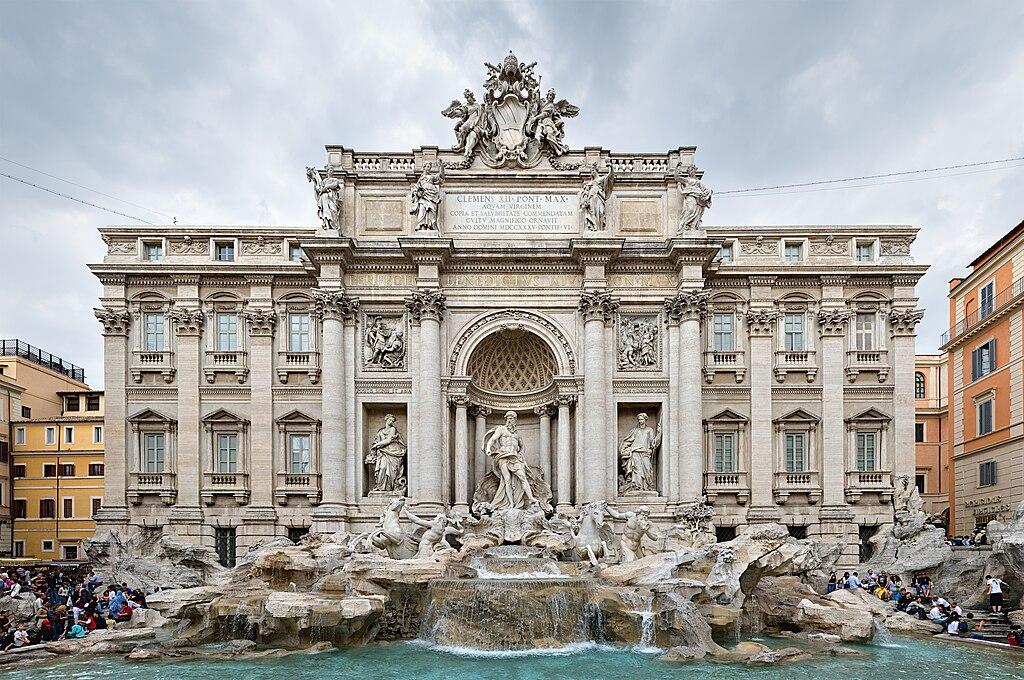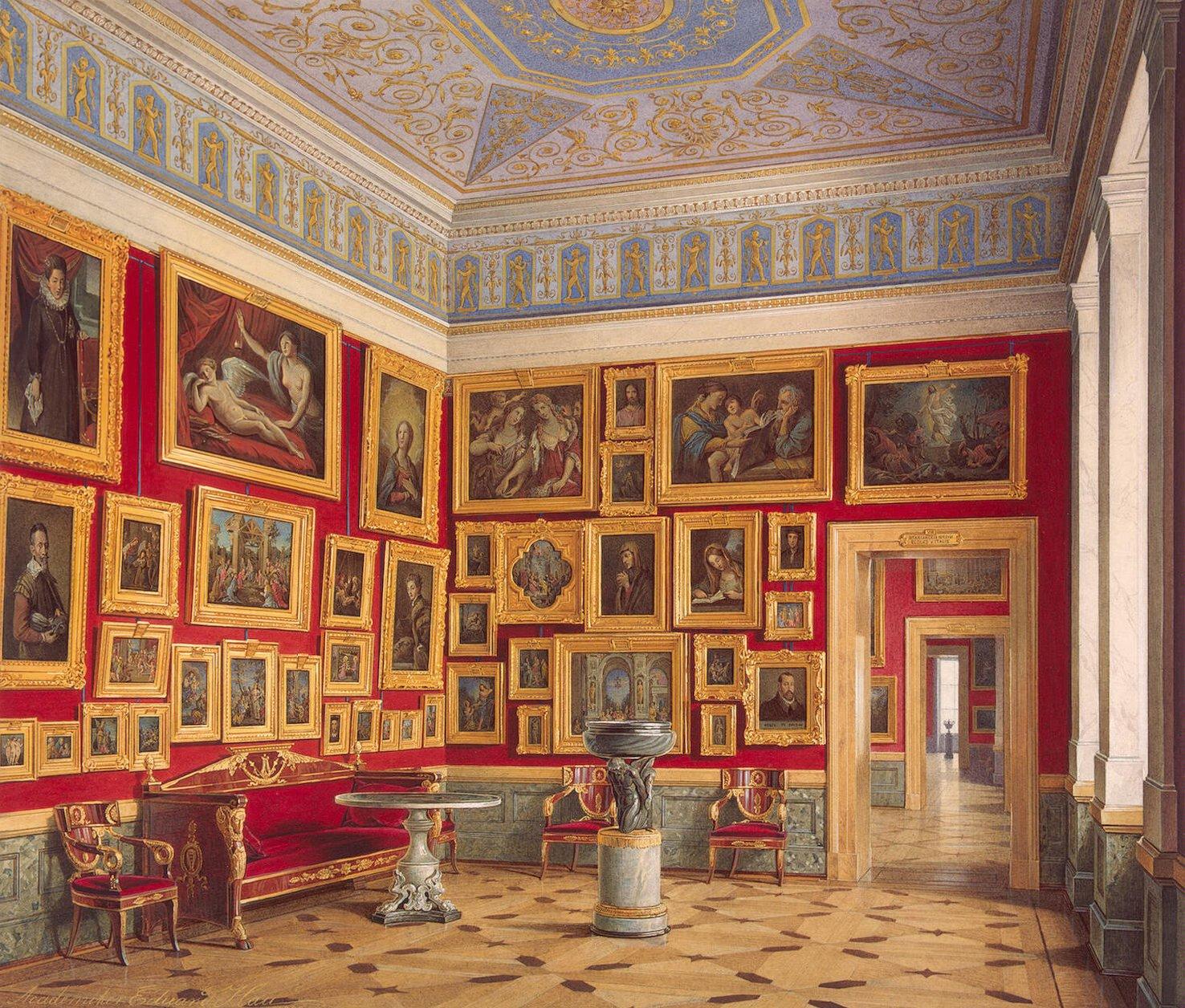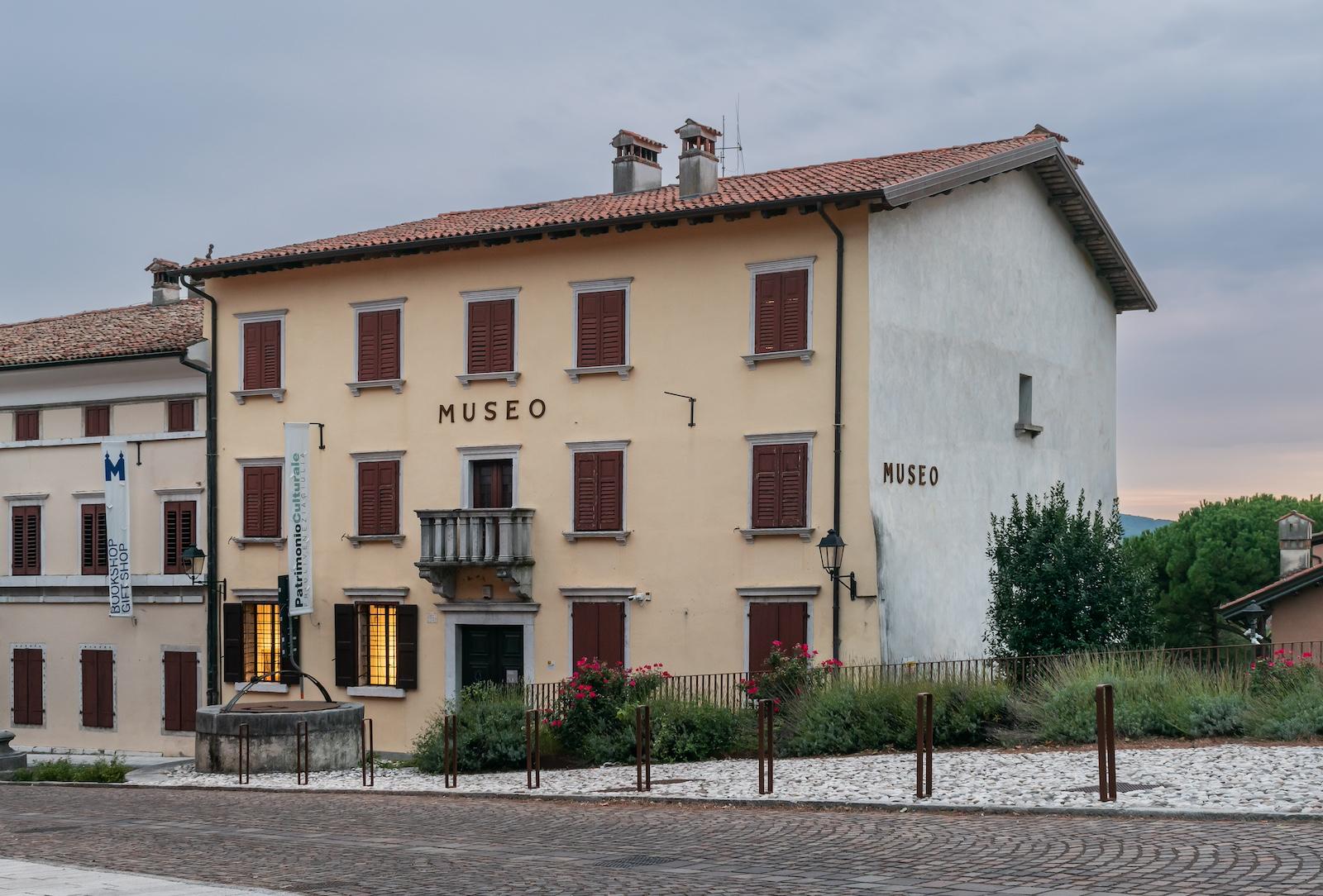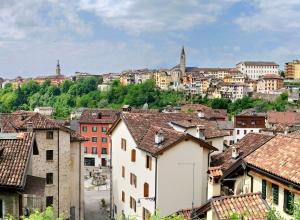However, at Milan’s miart fair this past April, a letter written to Prime Minister Giorgia Meloni circulated the event. It was a warning, indicating that the retention of such a comparably high VAT rate would turn the country into a “cultural desert,” with Italy already being an unfavorable art trading destination due to its strict regulations. 600 artists signed the letter.
According to the 2025 Art Basel and UBS Art Market Report, in 2024, global art sales fell by 12%, with Italy witnessing a 10% decline during that time as well. Italian research and consulting firm, Nomisma, and Italy’s leading bank, Intesa Sanpaolo, released a report in 2021 stating that even prior to the pandemic, there was a steady decline in the number of art galleries and antique dealers in the country.
Minister of Culture, Alessandro Giuli, announced the adjusted rate just last week, but the motion still has to be officially approved by the Italian parliament within 60 days to formally stay intact. In the meantime, a sense of relief has already flooded the market as many are viewing this as a victory. Nicolò Cardi of Cardi Gallery told Observer, “We should be proud—we’ve won a major battle, one that will have a powerful, wide-reaching impact on the market.”





























